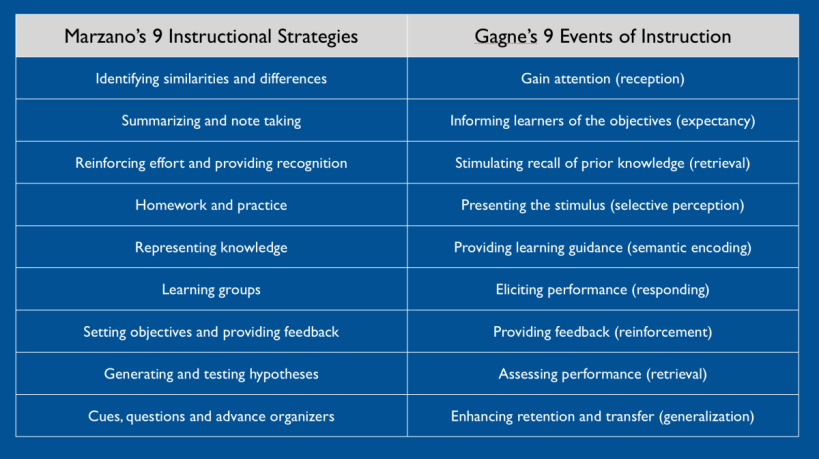Technology & Innovation “Look-Fors”
Walk-throughs, sometimes referred to as Learning Walks, are a common practice in schools used for building collegiality and providing feedback for teachers on instructional practice and classroom management. A walk-through can be a short 5-minute observation or a longer 30 or 45 minute time period and is not meant to be an evaluation of an individual teacher, but instead a means to provide on-going data collection of “look fors”, monitoring of specific program or professional development training practice, or build a common understanding among teachers in a school of instructional practice.
Walk-throughs are often conducted by principals, but also can be conducted by headsof department, grade level leaders, other teachers in the school, or by a group of teachers. There is often a protocol used that has a list of “look fors” that the observer makes comments, sometimes in the form of questions, that can be given to the teacher being observed. Some schools organize their walk-through look-fors to include Marzano’s Instructional Strategies (Marzano, 2001). Another option is to organize the look-fors around Gagne’s 9 Events of Instruction (Gagne, 1965) or Hunter’s Elements of Lesson Design (Hunter, 1984) as a framework. There are many formats and protocols for walk-throughs to consider.
To what extent should technology integration and innovation be included in walk-through look-fors?
One element that is starting to show-up in walk-throughs is educational technology use. The way in which the category is developed on the walk-through and the feedback given can be a critical component in helping build a common understanding of instructional practice and expectations within a learning community. Certainly, the lone use of an educational technology component on a walk-through will not provide the change in practice without additional supports, but it may be helpful when used in addition to other educational technology professional development and training within a school.
Questions that come to mind regarding including the educational technology integration component on a walk-through:
1. Should the look-fors focus on use of technology alone or the integration of technology into the instruction in the class? How would these look different on the walk-through form?
2. How should integration be included in the look-fors? Could an integration model, such as SAMR, be translated into look-fors for a walk-through?
3. To what extent should innovation be a look-for in a walk-through? If innovation in learning, transformed classroom learning, is the one of the goals in educational technology use, how could we provide feedback to teachers on a walk-through form?
“The Art and Science of Teaching: A Comprehensive Framework for Effective Instruction [Paperback].” The Art and Science of Teaching: A Comprehensive Framework for Effective Instruction: Robert J. Marzano: 9781416605713: Amazon.com: Books. N.p., n.d. Web. 02 Sept. 2013.
“Conditions of Learning (Robert Gagne).” Conditions of Learning. N.p., n.d. Web. 02 Sept. 2013.
Marzano, Robert J., Debra Pickering, and Jane E. Pollock. Classroom Instruction That Works: Research-based Strategies for Increasing Student Achievement. Alexandria, VA: Association for Supervision and Curriculum Development, 2001. Print.
“University of Tasmania, Australia.” Mary Ann Hunter. N.p., n.d. Web. 02 Sept. 2013.
Hunter, M. (1984). Knowing, teaching and supervising. In P. Hosford (Ed.), Using what we know about teaching (pp. 169-192). Alexandria, VA: Association for Supervision and Curriculum Development.

